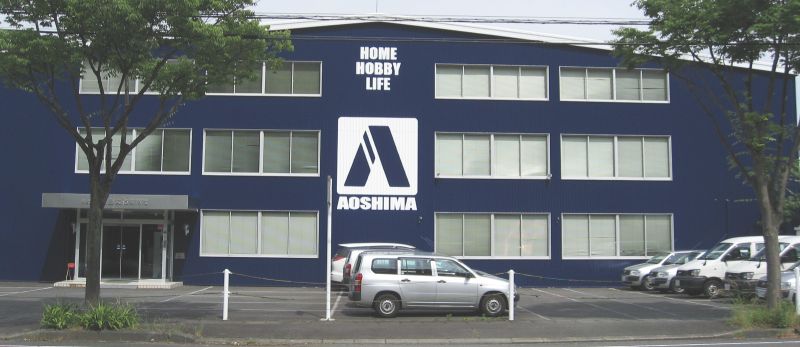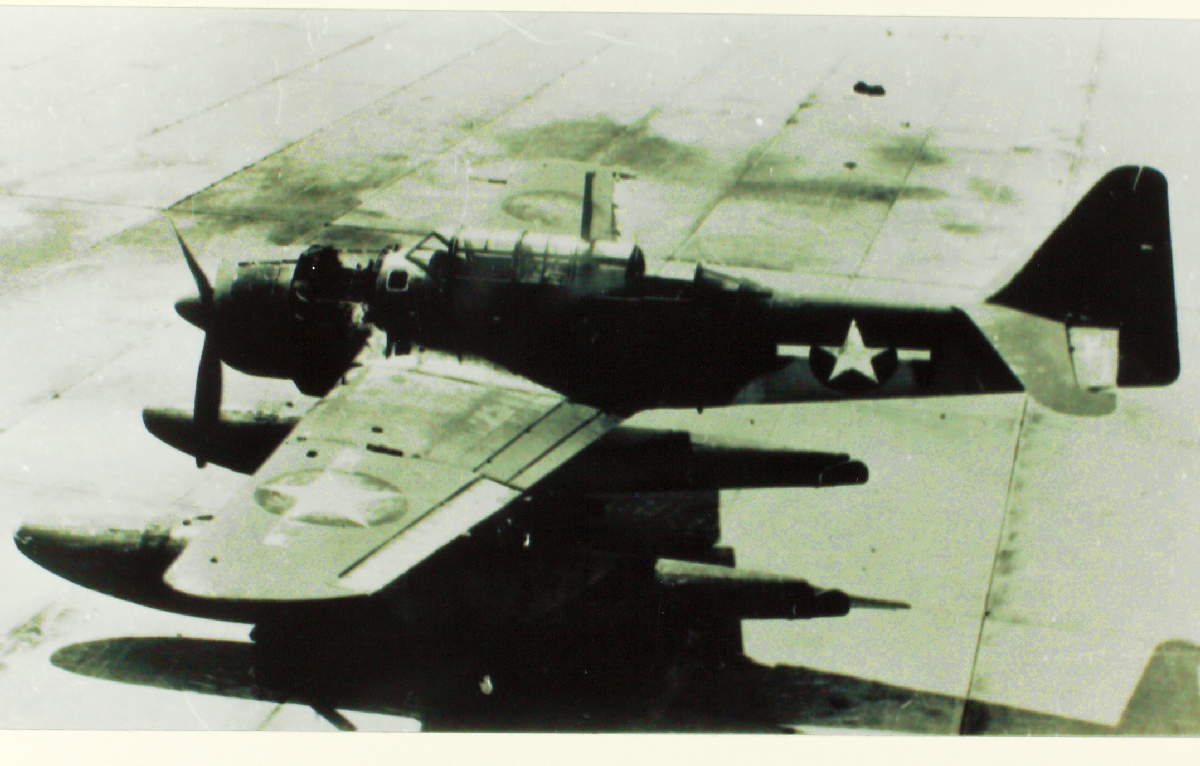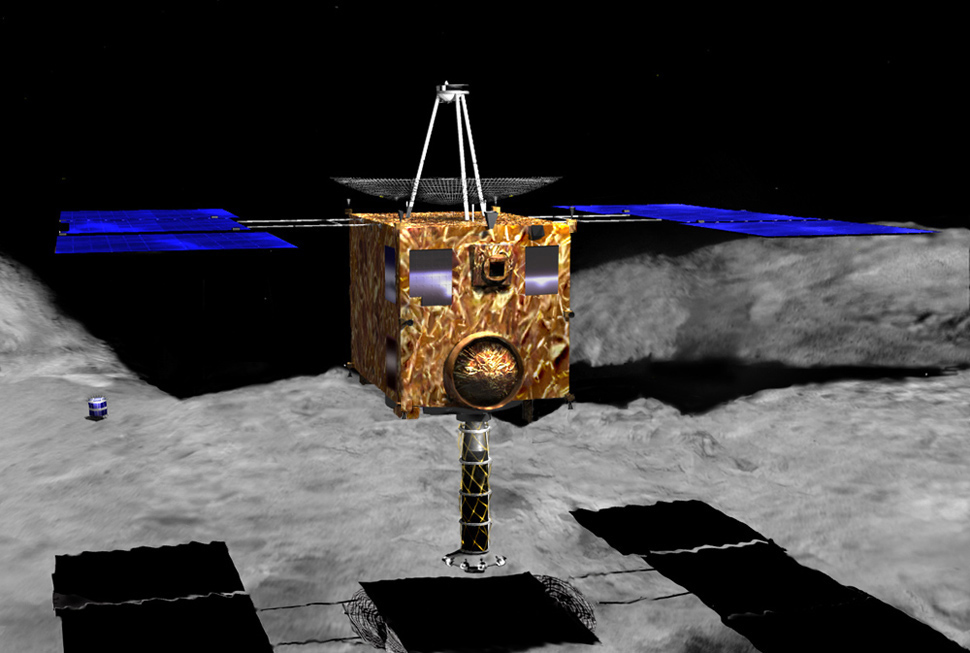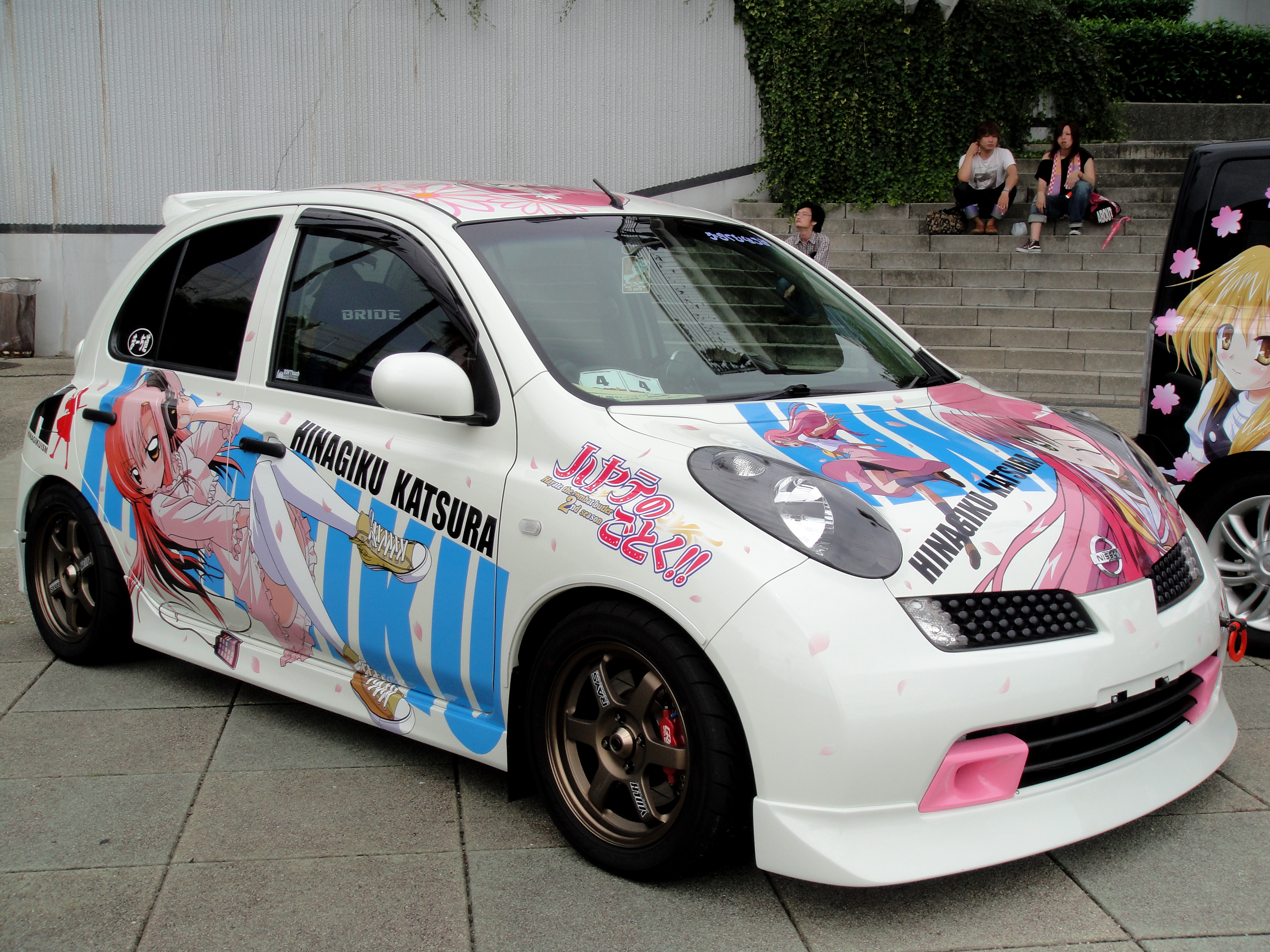|
Aoshima Bunka Kyozai
, commonly truncated to Aoshima, is a Japanese model manufacturer based in Shizuoka Prefecture. It produces plastic model kits of a variety of vehicles, including model car, model aircraft, model ship and model Sci-fi mecha under Aoshima brand, along with finished toys under Skynet brand, diecast models under Miracle House brand, diecast cars under DISM brand and female statue figures under FunnyKnights brand. History In 1924, "Aoshima Airplane Research Institute" (青島飛行機研究所) was founded by airplane pilot . In 1932, model-airplane was designated as an educational material in Japanese schools, and "Shizuoka model-airplane association" (静岡県模型飛行機工業組合) was established. Jiro Aoshima acceded to the chairman's post. "Aoshima Bunka Kyozai RL" (青島文化教材研究所) was established in 1945. It was focusing on the wooden model-airplane manufacturing. "Aoshima Bunka Kyozai Inc." ( 有限会社 青島文化教材社) was established in 1961. I ... [...More Info...] [...Related Items...] OR: [Wikipedia] [Google] [Baidu] |
Fujimi Mokei
is a Japanese model manufacturer based in Shizuoka Prefecture. It produces plastic model kits of a variety of vehicles, including model aircraft, model cars, model ships and model armored vehicles along with historical structures and science fiction kits. Since "mokei" means "model" in Japanese, "Fujimi Mokei" is often called "Fujimi Model(s)" in English. History Fujimi was founded in 1948 by Shigekazu Saito and Eiichi Imai as "Fujimi Mokei Kyozaisha", initially producing wooden ship models. In 1961, it started to produce plastic model kits, and the company name was changed to "Fujimi Mokei Co., Ltd.". In the 1960s, it released 1/70 and 1/50 scale airplanes, 1/550 scale warships, 1/44 scale tanks, and historical structures in various scales. In 1970, Fujimi started producing airplane models in 1/72 and 1/48 scales. In 1971, it started to release the 1:700 scale ''Waterline series'' warship models along with three other Shizuoka-based model manufacturers; Tamiya, Hasegawa ... [...More Info...] [...Related Items...] OR: [Wikipedia] [Google] [Baidu] |
Aichi E16A
The Aichi E16A ''Zuiun'' (瑞雲 "Auspicious Cloud", Allied reporting name "Paul") was a two-seat reconnaissance seaplane operated by the Imperial Japanese Navy during World War II. Design and development The Aichi E16A originated from a 1939 specification for a replacement for the Aichi E13A, which at that time had yet to be accepted by the Imperial Japanese Navy Air Service (IJNAS).Francillon 1979, p. 284. Disagreements about the requirements in the 14-''Shi'' specification prevented most manufacturers from submitting designs, but in 1941 a new 16-''Shi'' specification was drafted by the IJNAS around the Aichi AM-22 design which had already been made by Aichi engineers Kishiro Matsuo and Yasuhiro Ozawa. The first AM-22, which first got the experimental designation Navy Experimental 16-Shi Reconnaissance Seaplane and later the short designation E16A1, was completed by May 1942 and was a conventional, low-wing monoplane equipped with two floats and had the unusual (for a seap ... [...More Info...] [...Related Items...] OR: [Wikipedia] [Google] [Baidu] |
Aichi M6A
The is a submarine-launched attack floatplane designed for the Imperial Japanese Navy during World War II. It was intended to operate from I-400 class submarines whose original mission was to conduct aerial attacks against the United States. Design and development From the late 1920s, the Imperial Japanese Navy had developed a doctrine of operating floatplanes from submarines to search for targets.Layman and McLaughlin 1991, p. 176. In December 1941, Commander-in-Chief of the Japanese Combined Fleet, Admiral Isoroku Yamamoto, proposed constructing a large fleet of submarine aircraft carriers (also designated STo or ''sen-toku'' — special submarine) whose purpose was to mount aerial attacks against American coastal cities. The submarines would surface to launch their aircraft by catapult, submerge to avoid detection, then surface again to retrieve the aircrews who would ditch their planes nearby. By June 1942, the plan was to build a fleet of eighteen such submarines. This ... [...More Info...] [...Related Items...] OR: [Wikipedia] [Google] [Baidu] |
Kawanishi E15K
The Kawanishi E15K ''Shiun'' (紫雲, " Violet Cloud") was a single-engined Japanese reconnaissance floatplane of World War II. The Allied reporting name for the type was "Norm" after Squadron Leader Norman O. Clappison of the RAAF, a member of the Allied Technical Air Intelligence Unit (ATAIU). Design and development In 1939 the Imperial Japanese Navy instructed the Kawanishi Aircraft Company to develop a two-seat high-speed reconnaissance floatplane, which was required to have sufficient performance to escape interception by land based fighters as well as an 800-nautical mile range. It was planned to equip a new class of cruisers, intended to act as a flagship for groups of submarines, operating six of the new floatplanes to find targets. The first of the new cruisers, ''Ōyodo'' was also ordered in 1939. Kawanishi designed a single-engined low-wing monoplane, powered by a 1,460 hp (1,090 kW) Mitsubishi MK4D Kasei 14 14-cylinder radial driving two contra-rotating ... [...More Info...] [...Related Items...] OR: [Wikipedia] [Google] [Baidu] |
Mitsubishi A7M
The Mitsubishi A7M ''Reppū'' (烈風, "Strong Wind") was designed as the successor to the Imperial Japanese Navy's A6M Zero, with development beginning in 1942. Performance objectives were to achieve superior speed, climb, diving, and armament over the Zero, as well as better maneuverability. To meet these performance specifications its size and weight were significantly greater than its predecessor. The A7M's allied codename was "Sam". Design and development Towards the end of 1940, the Imperial Japanese Navy asked Mitsubishi to start design on a carrier-based fighter, to meet specification ''16-Shi'' (a designation under a system using regnal years that indicated "1941" – the year in which the specification was formally issued). The fighter would be the successor to the carrier-based Zero. At that time, however, there were no viable high-output, compact engines to use for a new fighter. In addition, Jiro Horikoshi's team was preoccupied with addressing early production issue ... [...More Info...] [...Related Items...] OR: [Wikipedia] [Google] [Baidu] |
World War II
World War II or the Second World War, often abbreviated as WWII or WW2, was a world war that lasted from 1939 to 1945. It involved the vast majority of the world's countries—including all of the great powers—forming two opposing military alliances: the Allies and the Axis powers. World War II was a total war that directly involved more than 100 million personnel from more than 30 countries. The major participants in the war threw their entire economic, industrial, and scientific capabilities behind the war effort, blurring the distinction between civilian and military resources. Aircraft played a major role in the conflict, enabling the strategic bombing of population centres and deploying the only two nuclear weapons ever used in war. World War II was by far the deadliest conflict in human history; it resulted in 70 to 85 million fatalities, mostly among civilians. Tens of millions died due to genocides (including the Holocaust), starvation, massa ... [...More Info...] [...Related Items...] OR: [Wikipedia] [Google] [Baidu] |
Hayabusa
was a robotic spacecraft developed by the Japan Aerospace Exploration Agency (JAXA) to return a sample of material from a small near-Earth asteroid named 25143 Itokawa to Earth for further analysis. ''Hayabusa'', formerly known as MUSES-C for Mu Space Engineering Spacecraft C, was launched on 9 May 2003 and rendezvoused with Itokawa in mid-September 2005. After arriving at Itokawa, ''Hayabusa'' studied the asteroid's shape, spin, topography, color, composition, density, and history. In November 2005, it landed on the asteroid and collected samples in the form of tiny grains of asteroidal material, which were returned to Earth aboard the spacecraft on 13 June 2010. The spacecraft also carried a detachable minilander, ''MINERVA'', which failed to reach the surface. Mission firsts Other spacecraft, notably ''Galileo'' and ''NEAR Shoemaker'' (both launched by NASA), had visited asteroids before, but the ''Hayabusa'' mission was the first attempt to return an asteroid sample ... [...More Info...] [...Related Items...] OR: [Wikipedia] [Google] [Baidu] |
Itasha
In Japan, an is a car decorated with images of characters from anime, manga, or video games (especially ''bishōjo'' games or ''eroge''). The decorations usually involve paint schemes and stickers. The cars are seen prominently in places such as Akihabara (Tokyo), Nipponbashi (Osaka), or Ōsu (Nagoya), or Itasha-based events, such as Odaiba Itasha Tengoku. ''Itasha'' only applies to cars. There are different names for vehicles that have features of an ''itasha'', such as for motorcycles, for bicycles, for buses, for trucks, and for trains. Etymology In the 1980s, when Japan was at the zenith of its economic might, Tokyo's streets were a parade of luxury import cars. Among them, the "itasha"—originally Japanese slang meaning an imported Italian car—was the most desired. Since then, ''itasha'' (as the decorated vehicle) was derived from combining the Japanese words for and . ''Itai'' here means "painful", with additional senses of "painfully embarrassing" → "c ... [...More Info...] [...Related Items...] OR: [Wikipedia] [Google] [Baidu] |
Thunderbirds Machines
The Thunderbird machines are a series of vehicles imagined for the mid-1960s film and television '' Thunderbirds'' series developed by Gerry Anderson. The released work began with the Supermarionation television series '' Thunderbirds'' and was followed by subsequent feature films '' Thunderbirds Are Go'' and ''Thunderbird 6'' in 1965–68. The series featured a large variety of futuristic air, land and sea vehicles and machines, the majority of which were designed by special effects director Derek Meddings. In the context of the series, most of the advanced machines appearing in the series belonged to the International Rescue organisation and were used during their rescues. These were known as the "Thunderbirds", of which there were five core machines and a variety of other rescue craft. It was after these that the series was named. In the series, all of the International Rescue vehicles were designed by the organisation's resident technical genius known as Brains. The use ... [...More Info...] [...Related Items...] OR: [Wikipedia] [Google] [Baidu] |
Imai (models)
Imai ( — characters for "now" and "water well", meaning "new place of residence") is a Japanese surname. ''The Japanese characters link to the Japanese-language Wikipedia'' *, Japanese animator *Asami Imai ( 今井麻美), voice actor *Eriko Imai ( 今井絵理子), artist *, Japanese figure skater *, Japanese cross-country skier *Hisae Imai ( 今井寿恵), photographer *Hisashi Imai ( 今井寿), Japanese rock musician * Isao Imai (other), multiple people * Kenji Imai (other), multiple people * Kohzoh Imai (今井浩三, born 1948), Japanese scientist *, Japanese snowboarder *Masaaki Imai (born 1930), Japanese organizational theorist * Miki Imai (other), multiple people *Nobuko Imai ( 今井信子), classical violist *Runa Imai (born 2000), Japanese swimmer * Sōkyū Imai ( 今井宗久), merchant *Tadashi Imai ( 今井正), film director *, Japanese middle-distance runner *Tomoki Imai, Japanese footballer *Toshiaki Imai ( 今井敏明), football mana ... [...More Info...] [...Related Items...] OR: [Wikipedia] [Google] [Baidu] |
Kabushiki Gaisha
A or ''kabushiki kaisha'', commonly abbreviated K.K. or KK, is a type of defined under the Companies Act of Japan. The term is often translated as "stock company", " joint-stock company" or "stock corporation". The term ''kabushiki gaisha'' in Japan refers to any joint-stock company regardless of country of origin or incorporation; however, outside Japan the term refers specifically to joint-stock companies incorporated in Japan. Usage in language In Latin script, ''kabushiki kaisha'', with a , is often used, but the original Japanese pronunciation is ''kabushiki gaisha'', with a , owing to rendaku. A ''kabushiki gaisha'' must include "" in its name (Article 6, paragraph 2 of the Companies Act). In a company name, "" can be used as a prefix (e.g. , '' kabushiki gaisha Dentsū'', a style called , ''mae-kabu'') or as a suffix (e.g. , '' Toyota Jidōsha kabushiki gaisha'', a style called , ''ato-kabu''). Many Japanese companies translate the phrase "" in their name as "Compan ... [...More Info...] [...Related Items...] OR: [Wikipedia] [Google] [Baidu] |


.jpg)



